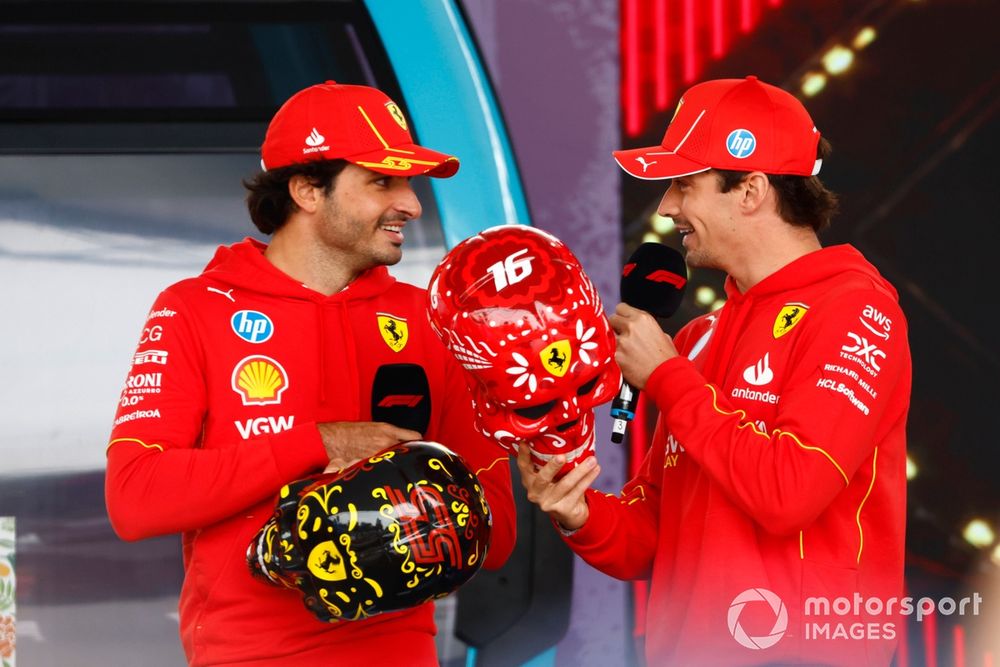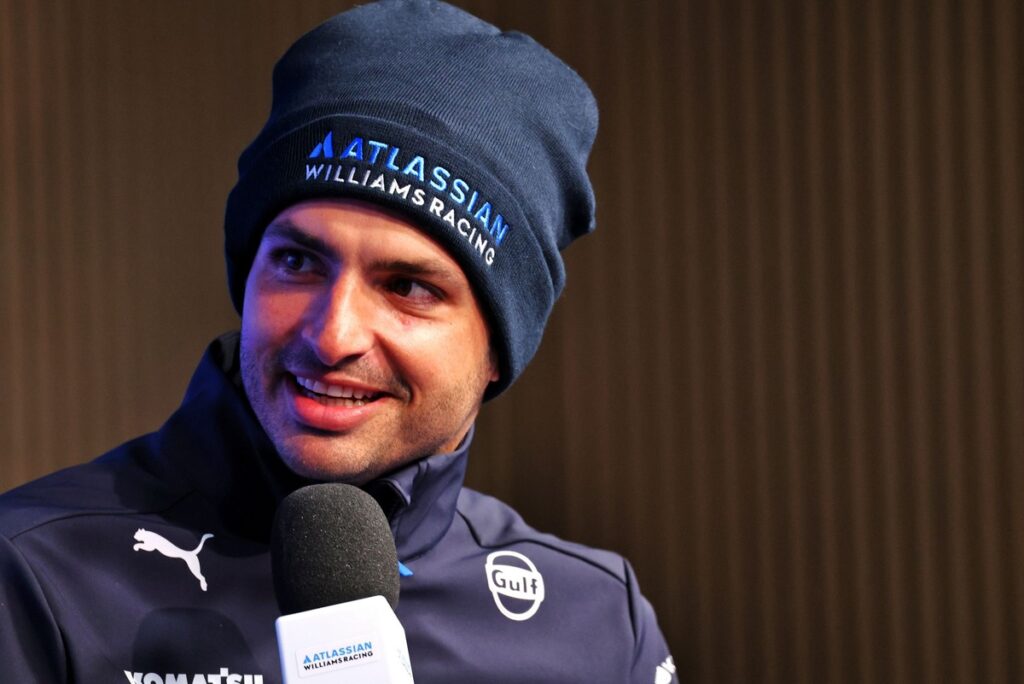What Carlos Sainz thinks about the lengthy modern Formula 1 calendar might seem an odd place to start when assessing his appointment to a directorship of the Grand Prix Drivers’ Association.
But it handily sums up why he’ll be so useful to his peers in their ongoing struggle with the FIA.
The drivers regularly moan about having to do 24 grands prix these days – and probably more if Liberty Media wants to squeeze a few extra million pounds from its commercial rights ownership – and the impact such regular travel has on those who arrive at events latest and leave earliest.
They do generally remember their media training just well enough to point out that many of their team staff have it much harder and don’t get to travel first class or indeed, on private planes.
So, when Sainz began to speak on the topic in the context of his hero Fernando Alonso set to reach 400 F1 starts towards the end of last year, an understandable amount of surprise followed.
“I think Formula 1 calendars now are very demanding and this is going to be a very hot topic for the drivers to decide on their future,” Sainz said – having recalled his double world rally champion father’s similar passion to Alonso in continuing in motorsport as he ages.
“Especially if you want to have kind of a stable family life when you turn 35, 40, and you start thinking about kids, et cetera.
Fernando Alonso, Aston Martin Racing
Photo by: Getty Images
“This will be the main deciding factor in individual people choosing whether to take the 24 to 25 race calendar or not. It will also depend a lot on that factor.
“Whether I’m there or not, I have no clue right now, but I do see myself, after 200 races in 10 years, racing for another 200 [in] another 10 years. This, I can say yes. But I don’t know how it will pan out.”
Now, Sainz is going to do at least some of those targeted 200 races beyond his current start total of 206 representing his peers – and at a time when the GPDA is regularly involved in matters well beyond its original remit of improving safety standards.
Only this week, the spotlight is on fan interaction with drivers after the hostile boos Max Verstappen received at F175 in London’s O2 – and the reaction of the similarly barracked FIA.
The governing body, after all, chastised those who booed Verstappen and his Red Bull boss Christian Horner, not even a month after changing its rules to harshly punish drivers that use their own freedom of expression in a manner the FIA is seemingly driven to eliminate.
One doesn’t cancel out the other – as much as that is an overall theme of this horribly online age – but it represents how this topic just isn’t going to go away.

Max Verstappen, Red Bull Racing, Carlos Sainz, Ferrari
Photo by: Red Bull Content Pool
Indeed, Sainz was asked about it in his first public appearance for Williams during its season launch at Silverstone last week. His reply was as thoughtful as ever.
Having insisted drivers should be controlled and mature enough not to swear in their public presentations, Sainz asked: “Do I think this is too much for radio communication and the adrenaline and the pressure that we have inside the car [to be policed]?”
“Yes,” he replied. “I think it’s too much what the FIA is trying to achieve with bans and everything.”
Here is what the GPDA now gains overall – a director many F1 observers (including this writer) believe is perhaps the wisest of the current racing crop. A man of considerable maturity, who will work to ensure calm heads prevail in these tense times.
Take Sainz’s exit from Ferrari.
Insiders from his camp suggest one of the reasons why he took so long to decide his next step was in part because he was dealing with the emotional impact of losing one of F1’s top seats – in which he had excelled alongside long-established Ferrari star, Charles Leclerc.

Carlos Sainz, Scuderia Ferrari, Charles Leclerc, Scuderia Ferrari
Photo by: Sam Bloxham / Motorsport Images
Sainz didn’t automatically run to that supposedly lucrative Audi offer, but eventually instead selected Williams as his better short-term move.
That squad is now hoping it will benefit from Sainz having processed the disappointment of leaving race-winning machinery and being fired up to work with new team-mate Alex Albon in preparing Williams for its big chance to leap up the order in 2026 – when the new technical regulations commence.
And so too on this front can the GPDA gain. In Sainz, it now has a director who embodies the high standards of professionalism that are all too quickly ignored in this age.
The F175 crowd booing the FIA logo should serve as a warning to the governing body in this regard.
F1’s fans can see who is acting in the far more reasonable manner – however noble the intent of the swearing clampdown is deep down in trying to reduce the risk of abuse of officials, and that of course, far from all of them were expressing their beliefs in said stark manner in the O2.
The GPDA has clearly felt it was being ignored in an arena where FIA president Mohammed Ben Sulayem is trying to make a clear mark – to the extent it felt the need to address him directly in its protesting statement last November.
In Sainz, it has now appointed a representative always worth listening to.
In this article
Alex Kalinauckas
Formula 1
Carlos Sainz
Be the first to know and subscribe for real-time news email updates on these topics
Subscribe to news alerts
Read the full article here

